The ancient Egyptian civilization is often seen as one of the earliest and most advanced in human history. But did you know there were several fascinating societies that came before the pharaohs ever built their pyramids? These forgotten civilizations laid the groundwork for future advancements in agriculture, architecture, and even writing systems. Let’s journey back in time to explore the mysterious cultures that thrived long before Egypt’s rise to greatness. Their influence may have faded, but their impact on the ancient world is undeniable.
1. The Naqada Culture
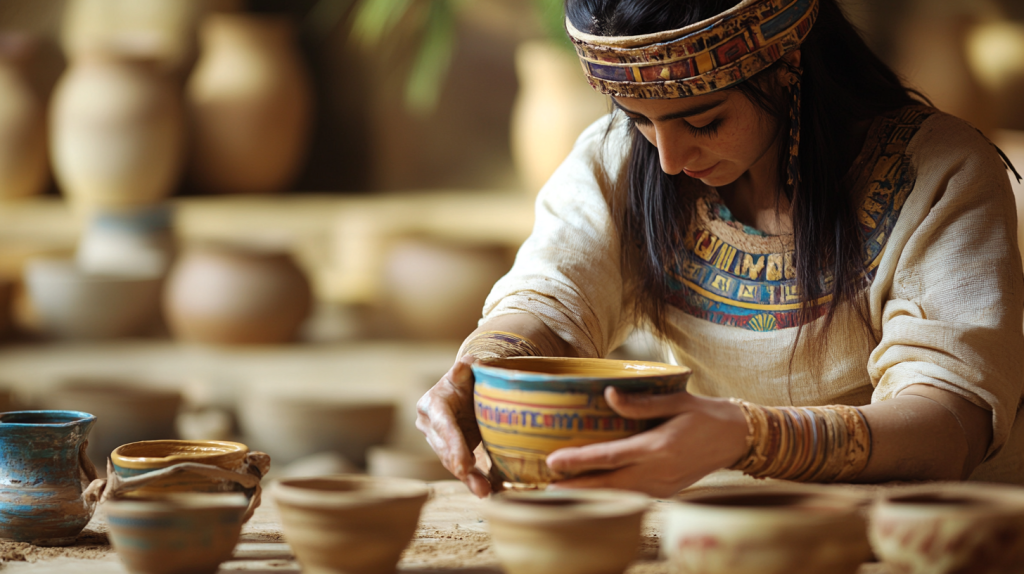
The Naqada culture, also known as the Pre-Dynastic Egyptians, flourished along the Nile River between 4000 and 3000 BCE, even before the rise of the first pharaohs. This society was known for its advanced pottery, stone tools, and burial practices. Naqada people traded with other ancient cultures, including Mesopotamians, which allowed them to develop rapidly. Their religious and burial customs, like the use of elaborate grave goods, set the stage for the grandeur of the Egyptian pyramids later on.
2. The Nabta Playa Civilization
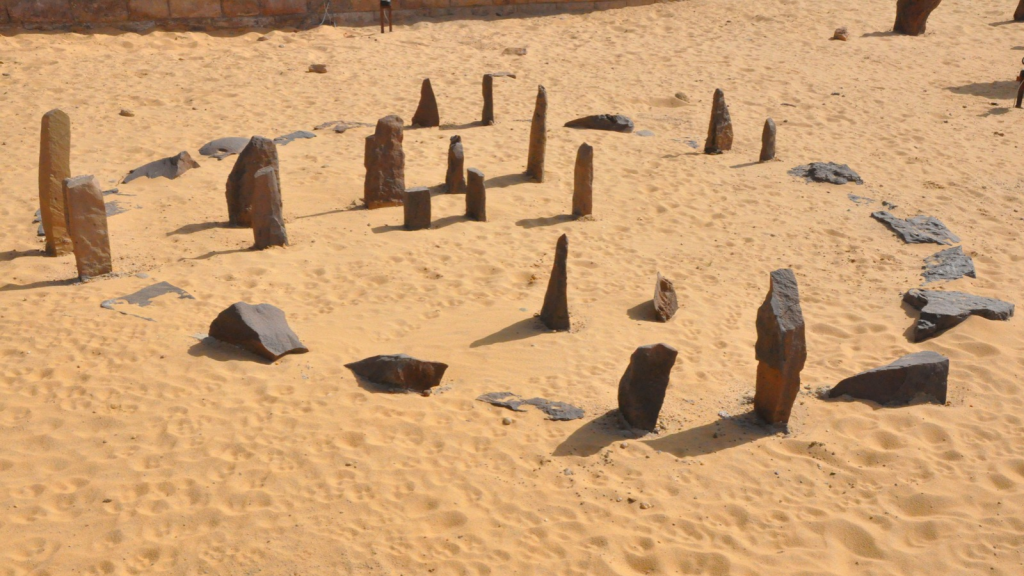
Long before the pyramids, the Nabta Playa civilization thrived in southern Egypt around 7500–3100 BCE. These ancient peoples are known for creating one of the world’s earliest astronomical alignments, a precursor to Stonehenge, which was used to mark solstices and rainfall patterns. Nabta Playa is also remarkable for its role in the domestication of cattle and early farming techniques, helping to shape the future of agriculture in the Nile region.
3. The Sumerians
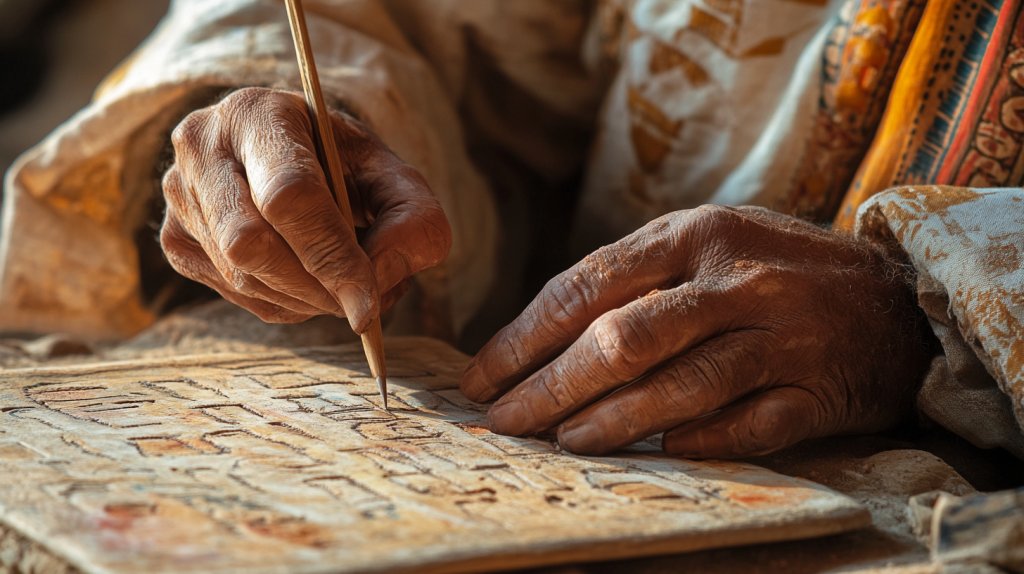
The Sumerians, who lived in what is now southern Iraq around 4500 BCE, are often credited as the first civilization in human history. They developed many things we take for granted today, including the earliest known writing system—cuneiform. They also built massive cities like Uruk and had advanced systems of mathematics, astronomy, and law. Although the Sumerians didn’t directly influence Egypt, their innovations created a foundation that would echo across ancient civilizations.
4. The Merimde Culture

The Merimde culture was one of the earliest farming communities along the Nile Delta, existing from around 5000 to 4000 BCE. This ancient society is often overlooked because it didn’t leave behind monumental architecture like later Egyptian dynasties. However, their advancements in agriculture, pottery, and social organization laid the groundwork for Egypt’s later growth. They were also early adopters of sedentary living, which led to more complex social structures.
5. The Ubaid Civilization

Predating the rise of Sumer, the Ubaid civilization thrived in southern Mesopotamia around 6500 BCE. They were among the first people to build irrigation systems, allowing them to farm vast areas of land. The Ubaid culture is significant because it marked the transition from small villages to large urban centers. Their peaceful and cooperative way of life, marked by uniform pottery and housing styles, paved the way for the great Sumerian cities that followed.
6. The Badarian Culture

The Badarian culture existed in Upper Egypt from around 4400 to 4000 BCE, even before the Naqada period. These early people were skilled in agriculture and were among the first to make use of copper tools. Their finely made pottery and burial traditions give us a glimpse into the religious practices that would later evolve into the elaborate rituals of the pharaohs. The Badarian graves, filled with personal items, suggest they believed in an afterlife long before the idea of pyramids came into being.
7. The Jomon Culture

The Jomon culture of ancient Japan is one of the world’s oldest, dating back as far as 14,000 BCE. While they were far removed from Egypt, their development of pottery, some of the oldest in the world, shows how human innovation was unfolding globally at the same time. The Jomon people were hunter-gatherers, but their intricate pottery and early settlements suggest a highly developed social structure that predates even the agricultural societies of the Middle East.
8. The Mehrgarh Civilization
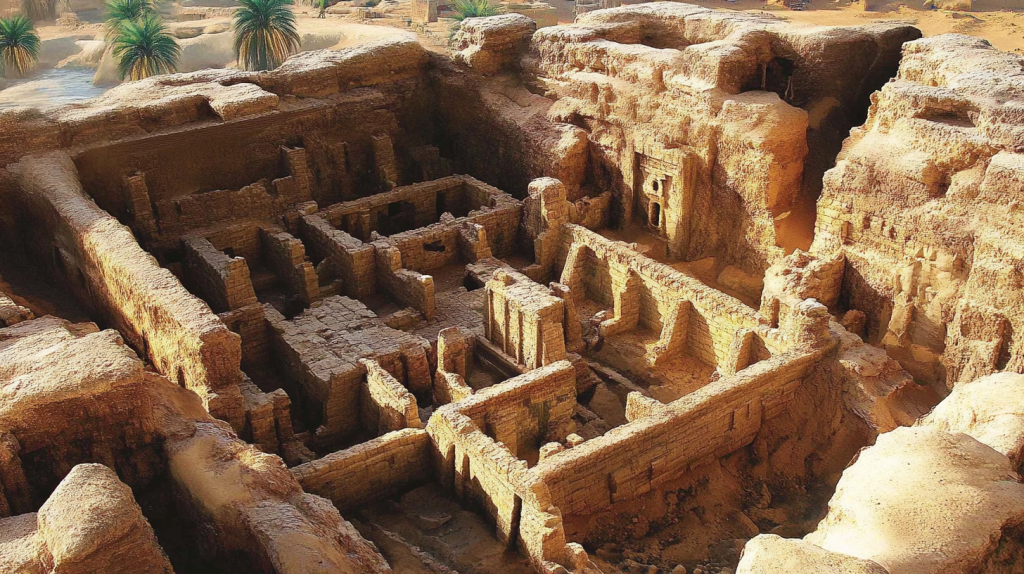
Located in modern-day Pakistan, the Mehrgarh civilization existed from around 7000 to 2500 BCE, making it one of the earliest examples of settled farming communities in South Asia. They practiced early dentistry, farming, and animal domestication. Their technological advancements, including the use of copper and intricate beadwork, show a society deeply engaged in craftsmanship. Mehrgarh’s innovations spread across the region, influencing later civilizations such as the Indus Valley.
9. The Göbekli Tepe Builders
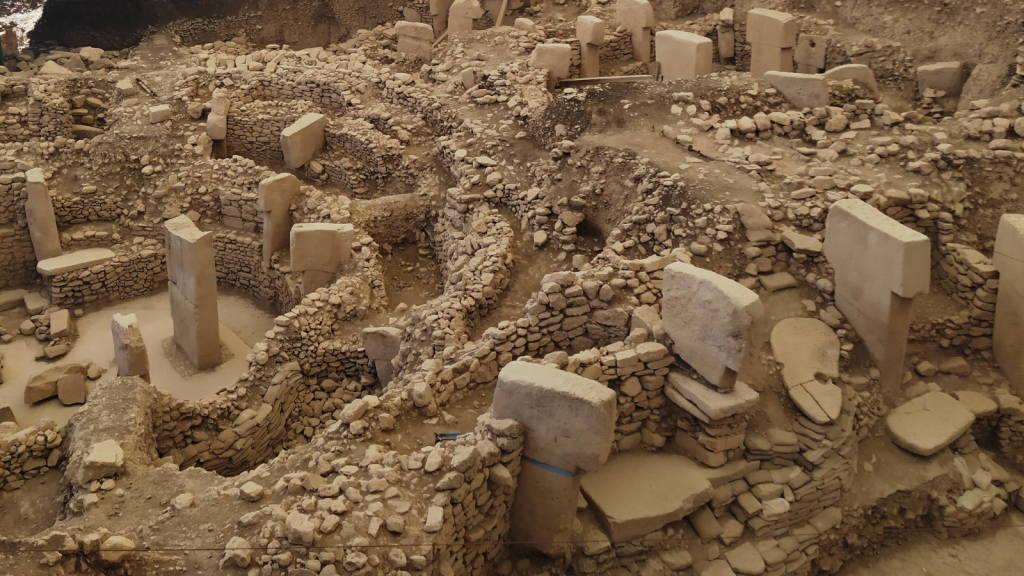
Göbekli Tepe, in modern-day Turkey, is one of the most mysterious archaeological sites ever discovered. Built around 9600 BCE, it is considered the oldest known temple complex. The people who built Göbekli Tepe were hunter-gatherers, yet they constructed massive stone circles with carvings of animals, long before the invention of agriculture. This site challenges our understanding of how and why complex societies began and may represent one of humanity’s earliest attempts at religious architecture.
10. The Cucuteni-Trypillia Culture

Thriving from around 4800 to 3000 BCE in parts of modern-day Ukraine, Moldova, and Romania, the Cucuteni-Trypillia culture was known for its large settlements, some of which housed up to 15,000 people. These people created beautiful pottery and lived in elaborately organized towns. Intriguingly, they practiced a form of proto-urban living, building massive settlements only to burn them down and relocate every few generations. Their sudden decline remains a mystery to archaeologists.
17 Old Wives’ Tales That Are Actually True

Old wives’ tales have been passed down through generations, often dismissed as mere superstition. However, many of these age-old beliefs are rooted in truth. From health tips to weather predictions, these stories from the past can surprise us with their accuracy. Here are 17 old wives’ tales that are actually true.
Read More: 17 Old Wives’ Tales That Are Actually True
Ellen has been obsessed with logic puzzles, jigsaws, and cryptograms since she was a kid. After learning she was taught how to play chess wrong by a family friend (so they could win), she joined her school chess club and the rest is history.


